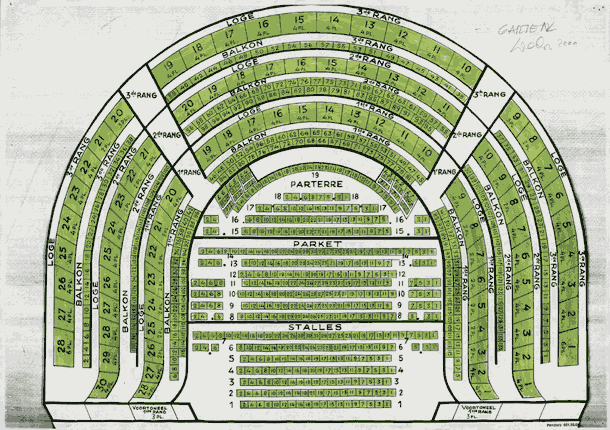| |
|||
| |
Lois Weinberger November 23 2002 – January 12 2003 |
||
| |
|||
|
 Lois Weinberger, "Garden of Eden", 2000 |
||
| |
|||
|
In his work, Lois Weinberger is interested in the way 'nature' and 'culture' relate in "peripheral zones of perception ". Weinberger's formal creations and language interventions begin where the artificial and the natural merge, revealing a cultural process in the shifts and changes. "Unnoticeable interventions are to be made on location / phenomena / that (not really) may have taken place without human intervention" (Weinberger). Weinberger's basic interest is not a superficially visible nature whose destruction he laments and whose counterpart is to be found in "consummate nature" but rather he is seeking, as he puts it, "invisible nature / intellectual nature". He tracks down a "nature" which has always been culturally coded and for which he invents the greatest diversity of expressive forms and manifestations: as archives, text, lab product, scientific illustration, found, processed object, as quote, built space, a special biotope, as video and much more. Weinberger is an artist, archaeologist, scholar of language and myths, botanist or gardener who cultivates his "areas" - be they found or created by him - with the goal of making "finds" in what appears to be insignificant, unnoticed, already occupied and given up. The exhibition at the Galerie im Taxispalais will mainly show projects from the past ten years which can be linked to individual works from the seventies and eighties. A central piece is the Gartenarchiv "Gebiet 1988 - 1999" (Garden Archives "Area 1988-1999"), a documentation (624 slides) on the garden that Weinberger developed for the periphery of Vienna. It is a field research project spanning a period of eleven years. His focus is not on botany but rather on activating peripheral zones as preserves of events which the artist enables the viewer to experience through his artistic interventions. Furthermore, the works Weinberger produced for his exhibition at the Freud Museum, London will be shown, including the video "Turning Into Night", as well as other works that he created for the Douglas Hyde Gallery, Dublin during his stay in Ireland which was made possible by a grant. In the hall on the lower level a number of drawings, project sketches, notes, photographs, texts, objects, found objects, models etc. have been brought together, which also document realized and non-realized projects in public space. In the public space of Innsbruck, at the corner of Maria-Theresien-Straße/Meranerstraße Weinberger's Busstation will stand for the duration of the exhibition, here the garden archive can be called up on a computer screen. The "Wartehaus" communicates to the outside world by means of writing. Weinberger used notions that can stand for themselves and are precisely defined. They also constitute the relational units of a complex general situation, around which the associations of the reader can freely emerge. Since Weinberger's
contribution to documenta X, his works have been shown at a number of
locations both indoors and outdoors, including, e.g., Watari Museum of
Contemporary Art, Tokyo / Tel Aviv Museum of Art / Camden Arts Centre,
London / Museum Moderner Kunst, Vienna / Villa Medici, Rome / Sonsbeek
9, Arnhem. |
|||
| |
|||
|
Catalog
|
|||
| |
|||
|